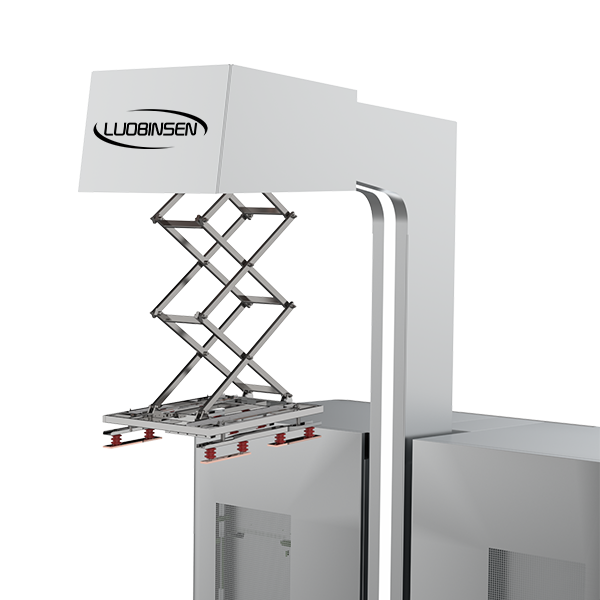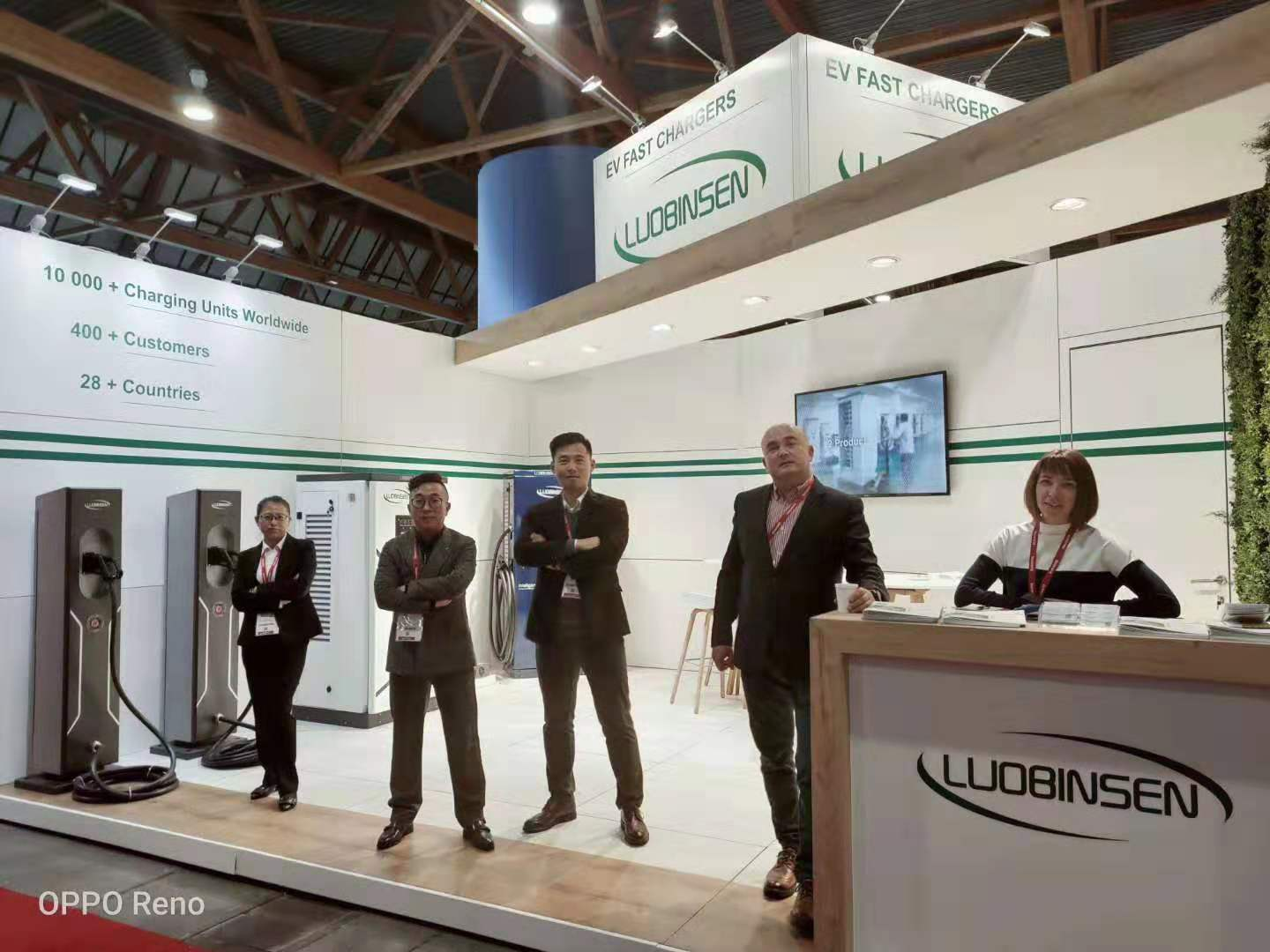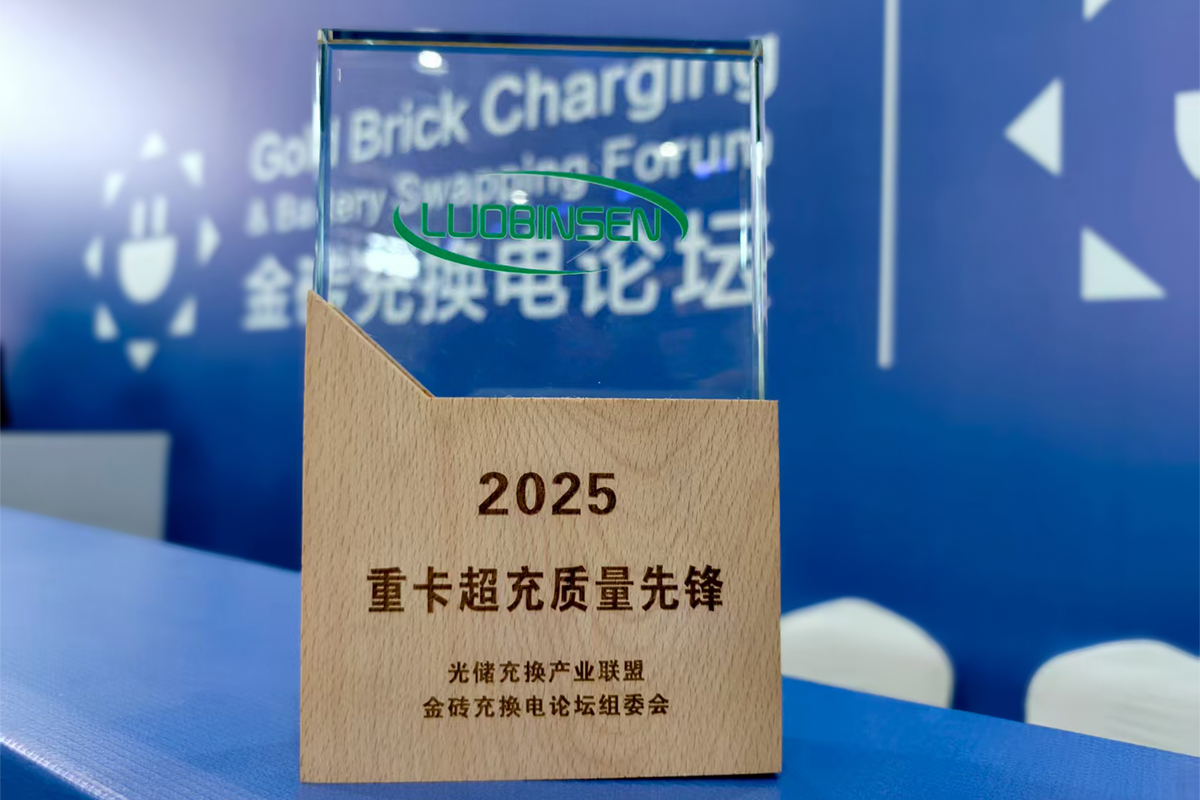In modern urban transportation, Luobinsen has been focusing on providing reliable pantograph charger solutions that meet the needs of bus fleets and large-scale transit operators. We understand that the effectiveness of pantograph bus charging does not depend solely on the hardware itself but also on how the charging station is designed and organized. By carefully planning the placement of charging racks, ensuring optimal clearance, and coordinating fleet scheduling, we can enhance operational efficiency and minimize downtime for electric buses. Our experience shows that thoughtful site layout contributes directly to smoother fleet operations and better energy management.

Planning for Safety and Accessibility
When designing a charging site, we prioritize safety and accessibility. The Luobinsen downward pantograph charger is made from 316L stainless steel and incorporates dual fire protection systems, making it suitable for heavy-duty urban transit environments. We ensure that each pantograph bus charging point allows enough space for safe maneuvering of buses and easy access for maintenance. By mapping bus routes and expected charging cycles, we can determine the ideal positioning of chargers. This planning also includes considerations for backup power systems and thermal monitoring, which are integrated into our chargers to maintain consistent performance even under high demand.
Enhancing Efficiency with Technology
Efficiency in pantograph bus charging can be significantly improved through automation and component quality. Our Luobinsen chargers feature one-button automatic pantograph lifting and gold-plated conductive copper in the charging racks. These features ensure reliable electrical contact and minimize wear on components. By installing chargers in locations that match natural bus stopping points, we reduce unnecessary movement and optimize energy transfer. We also use constant temperature control and PT1000 thermistor monitoring to maintain safe operation and extend the lifespan of critical components. In combination, these design considerations allow fleet operators to achieve faster turnaround times and reduce operational bottlenecks.
Integrating Layout with Fleet Management
We have found that pantograph charger layout is most effective when integrated with fleet management systems. By synchronizing charging schedules with bus departures and arrivals, our Luobinsen systems support seamless pantograph bus charging without causing delays. Strategic alignment of multiple chargers at a site can accommodate peak demand periods and prevent queues from forming. We advise operators to consider factors such as solar exposure, weather protection, and ease of connection to the grid to maintain consistent performance. By combining physical site planning with smart scheduling, we help transit companies maximize the uptime of their electric buses.
Conclusion
Optimizing pantograph bus charging efficiency is more than simply installing hardware; it requires a comprehensive approach that combines intelligent site layout, advanced technology, and operational planning. With Luobinsen downward pantograph chargers, fleet operators can rely on durable materials, safety-focused systems, and automated features to enhance charging efficiency. By focusing on strategic positioning and integration with fleet management, we ensure that every bus charging operation runs smoothly, safely, and efficiently, supporting the transition to sustainable urban transportation.




